Are you looking for a secure way to secure your belongings? A cylinder lock is an effective and reliable way to protect your property. Here’s how to use a cylinder lock. Cylinder locks are essential security hardware to protect homes and businesses from theft. It is important to know how to use them properly to keep your items safe.
In this blog post, we’ll explore the many benefits of a cylinder lock and discuss how you can easily fit one yourself. With clear instructions on fitting a cylinder lock and an overview of what makes them so secure, you’ll have the confidence to upgrade your property’s security system by the end of this post!
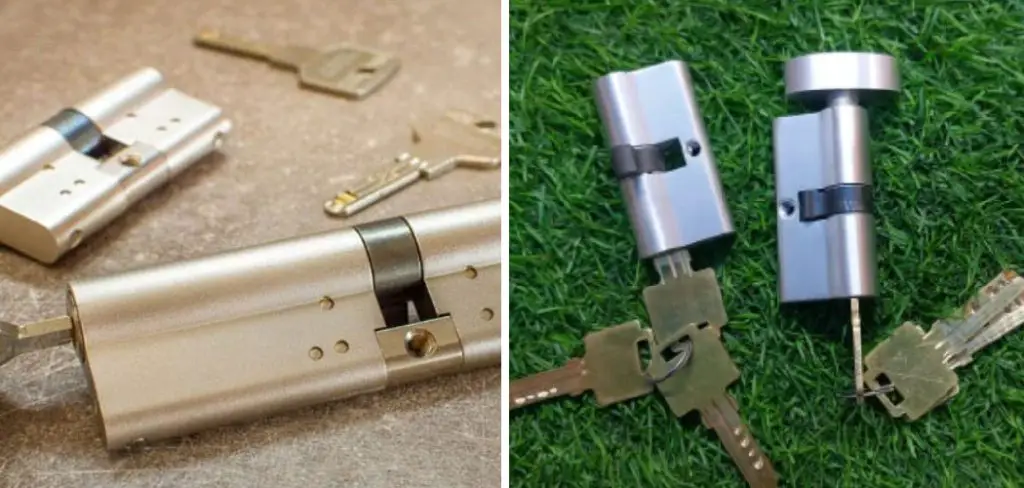
What Will You Need?
Before you start fitting your cylinder lock, it’s important to make sure you have all the tools and materials required. Here’s a checklist of items you’ll need:
- Cylinder Lock
- Screwdriver
- Drill
- Ruler
- Pencil or Marker
Once you have all the supplies, you can start fitting the cylinder lock.
10 Easy Steps on How to Use a Cylinder Lock
Step 1. Measure the Cylinder Size:
First, you need to measure the size of your lock cylinder. This is essential because the cylinder must fit perfectly into your door. To do this, remove the existing cylinder from your door (if there’s one) and measure it from end to end.
If installing a new door, use the manufacturer’s recommendations to decide on the cylinder size. Remember, the cylinder should not protrude excessively from either side of the door, which can compromise its security.
Step 2. Mark the Cylinder Position:
The next step is to mark the position where the cylinder lock will be installed. With the door closed, determine where you want the lock to be. A common choice is a height that most adults can reach, such as around 36 inches (91 cm) from the ground. Use a pencil or marker to make a small mark at this position.
This mark represents the center of the keyhole. With a ruler, measure the appropriate distances from this point to the edges of the door, marking them accordingly. These marks are where the ends of your cylinder lock will sit.

Step 3. Drill the Hole for the Cylinder:
Now that you have marked the positions, it’s time to drill. Using your drill, create a hole at the center mark where the keyhole will be. This hole should be the same diameter as your cylinder lock.
Then, drill two smaller holes at the marks indicating the ends of the cylinder. These will be for the screws that hold the lock in place. Remember to drill from both sides of the door to avoid causing splintering or other damage.
Step 4. Insert the Cylinder Lock:
Now, it’s time to insert your cylinder lock. Align the lock with the drilled hole, ensuring the lock’s keyhole aligns with the door’s hole. Carefully insert the cylinder lock into the door, rotating it if necessary for a snug fit.
Ensure the cylinder does not excessively protrude on either side of the door. This could compromise the lock’s security and make it more susceptible to being tampered.
Step 5. Secure the Cylinder Lock:
With the cylinder lock in place, it’s time to secure it. Using your screwdriver, insert the screws provided with your lock into the smaller holes you drilled at the ends of the cylinder. Tighten the screws until the lock is firmly held in place.
Be careful not to overtighten, as this could damage the door or the lock itself. Once secure, the cylinder lock should not move or wiggle when you attempt to turn the key. If it does, you may need to adjust the screws or reposition the lock.
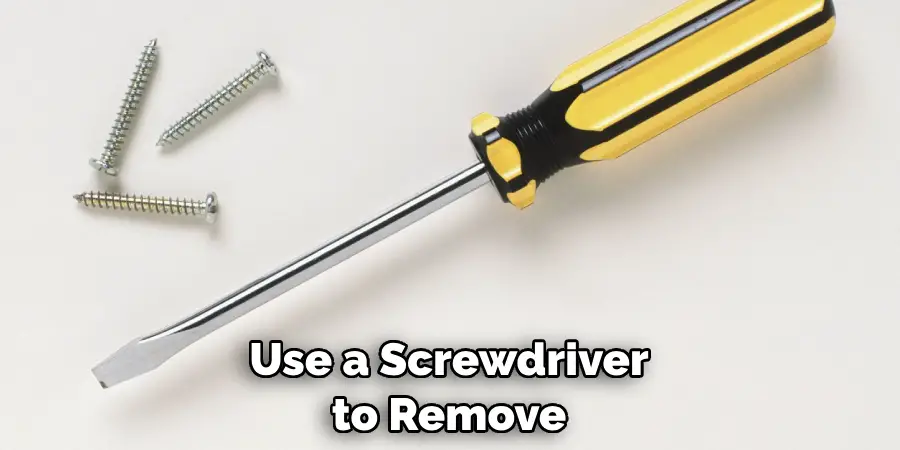
Step 6. Test the Cylinder Lock:
After the lock is securely installed, testing its functionality is imperative. Insert the key that came with the lock into the cylinder. Turn the key in both directions to make sure the lock engages and disengages smoothly. If the key turns without resistance and the lock mechanism works as expected, your new cylinder lock is ready for use!
If the key is hard to turn or the lock doesn’t fully engage or disengage, you may need to make some adjustments. It could be that the cylinder is not aligned properly or the screws are too tight.
Step 7. Make Adjustments If Needed:
If the lock is not functioning properly, there are a few potential adjustments you can make. First, check that the cylinder is aligned with the hole in the door. If it’s off-center, you may need to reposition it slightly. If the screws are too tight, try loosening them a bit.
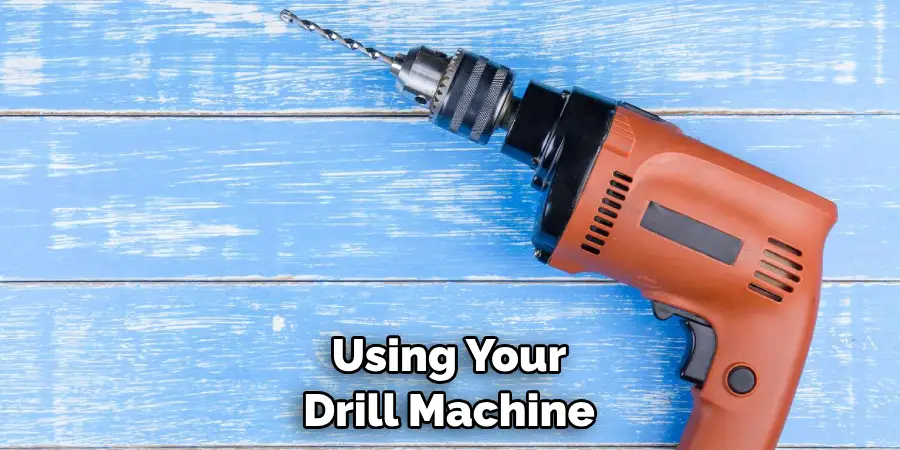
If the lock is still not working properly after making these adjustments, consult the manufacturer’s instructions or contact a professional locksmith for assistance. Remember, the cylinder lock must operate smoothly and effectively for your security.
Step 8. Double Check for Security:
After making any necessary adjustments and ensuring the lock functions smoothly, take a moment to double-check the overall security. Ensure the screws are not visible or accessible from the outside and that the cylinder does not protrude too much from either side of the door.
You should also check that the door closes and locks securely without any gaps. If everything checks out, congratulations! You have successfully installed a cylinder lock.
Step 9. Maintenance of the Cylinder Lock:
Maintaining your cylinder lock is equally as important as the installation process. Regularly inspect the lock for any signs of wear or damage. Lubricate the lock mechanism periodically with a graphite-based lubricant to keep it functioning smoothly. Never use oil-based lubricants as they can gum up the lock.
Always use the right key for your lock to avoid damaging the pins inside the cylinder. If the key is hard to turn, never force it. Rather, seek professional assistance to avoid breaking the key or damaging the lock. As part of your routine security check, ensure that your cylinder lock is working as it should.
Step 10. Replacement of the Cylinder Lock:
Over time, you may need to replace your cylinder lock due to wear and tear, damage, or simply to upgrade security. The process is similar to the initial installation.
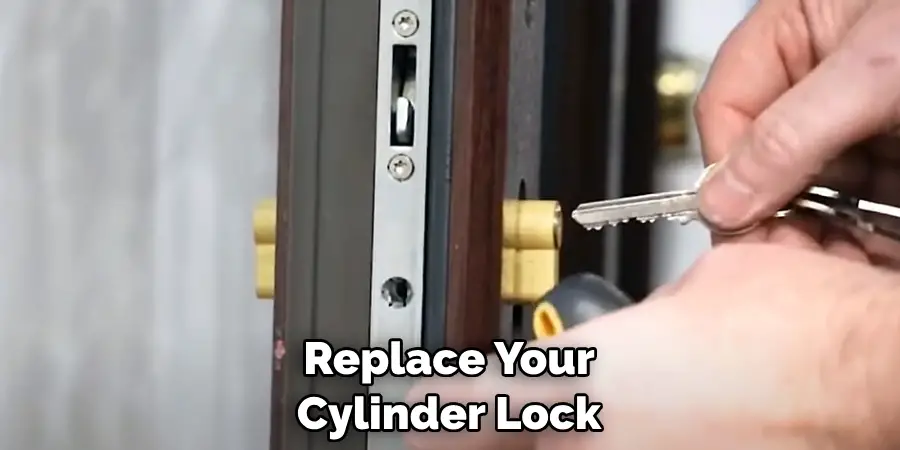
First, use a screwdriver to remove the screws securing the existing cylinder lock. Once loose, you can easily slide the cylinder out of the door. Then, take your new cylinder lock and follow the steps outlined in this guide to install it.
Remember to test the new lock thoroughly to ensure it functions correctly and provides the level of security you require. Keep in mind that if you encounter any difficulties, it’s always best to seek professional help from a locksmith.
Following these steps, you can easily install and maintain a cylinder lock to secure your home or business.
5 Additional Tips and Tricks
- Ensure you have the correct key: The first step in using a cylinder lock is to have the correct key. Trying to force a lock with the wrong key can damage the key and the lock mechanism.
- Insert the key fully: Insert it into the keyhole once you have the correct key. Make sure the key is properly seated before you try to turn it.
- Turn the key: After fully inserting the key, turn it in the direction that unlocks the door. This is typically to the right or clockwise, but it may vary depending on the specific lock.
- Open the door: With the key turned in the unlock position, you should now be able to open the door.
- Remove the key: Once the door is open, turn the key back to its original position and remove it from the lock. This prevents the key from being accidentally left in the lock.
With these tips in mind, you should be fine with mastering a cylinder lock. Always be careful when using keys and locks, and never attempt to force a lock open with the wrong key.
5 Things You Should Avoid
- Avoid Forcing the Key: Never try to force your key to turn in the lock. This could cause the key to break off in the lock or damage the lock mechanism, rendering it unusable.
- Don’t Leave the Key in the Lock: When you are done unlocking a door, always turn the key back to its original position and remove it from the lock. Leaving it in could make it easier for someone else to gain access with their own key.
- Avoid Corrosive Materials: Keep corrosive materials away from your cylinder lock as they can
- Keep the Lock Dry: Any moisture left in or around the lock can cause rust and corrosion, which may eventually make it impossible to open.
- Avoid Using Improvised Lock Picks: Never attempt to pick a lock with any tool that wasn’t designed for the purpose. Doing so could cause damage to the lock and make it easier for someone to break into your home or business.
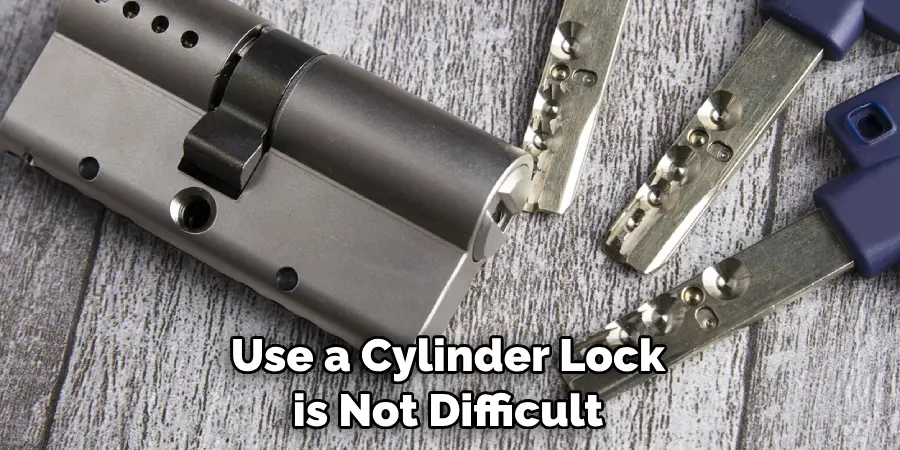
By following these guidelines, you can ensure you’re using cylinder locks safely and effectively.
Conclusion
As you can see, learning how to use a cylinder lock is not difficult. By applying the steps above, you will be sure to have the security and peace of mind that comes with using a reliable lock.
Not only can this knowledge come in handy for securing your property, but understanding these basics can also help you protect items belonging to others, like office spaces or school bicycles.
Cylinder locks serve as an effective deterrent against theft and are an invaluable weapon in the fight against crime. With a bit of practice following this process, you should be ready to use this effective security system every time without any issues – so go ahead and give it a shot!
Hopefully, this article has provided an adequate introduction to the use of cylinder locks, and you have gained a better understanding of how to make sure they work effectively.
If you are looking for more information or need help with your specific lock, don’t hesitate to reach out to a professional locksmith for assistance. With their expertise, they can provide tailored advice that meets your needs and keep your property secure. Good luck!
